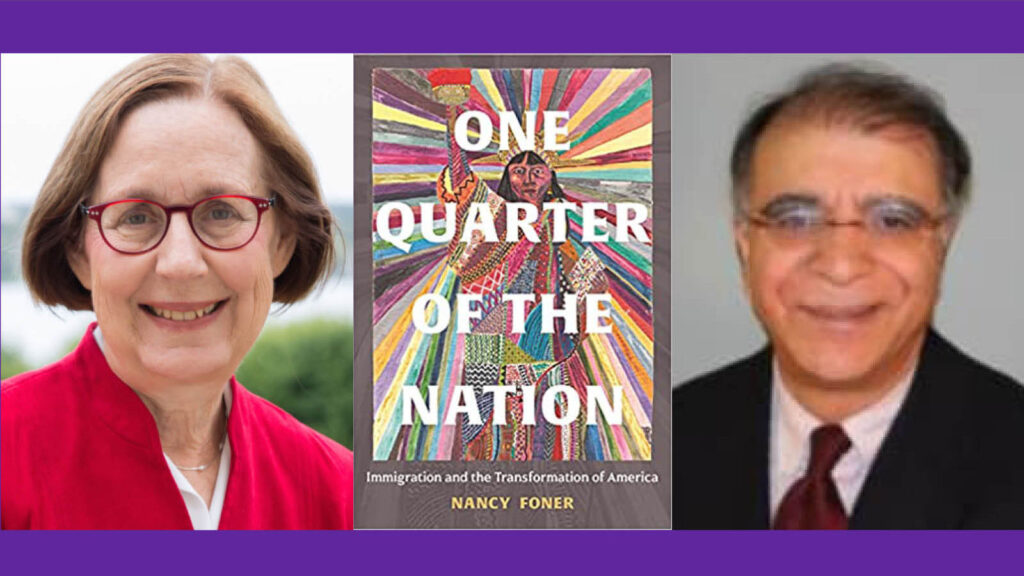The book presents the narrative from the perspective of how recent immigration has genuinely altered America’s landscape.
They have altered popular culture, the nature of the economy, politics, and cities, as well as how people view race.
In 2020, the US reached a significant demographic milestone: 45 million immigrants and their families accounted for 26% of the country’s total population.
America’s racial composition shifted in a matter of generations, starting in the 1960s when immigration laws were loosened.
In 2018, Asians made up 6%, Hispanics 18%, and Whites 60%. Although black people make about 13% of the population, nearly 10% are recent immigrants from Africa and the Caribbean.
The threat to group status among many White people who fear losing their privilege and power is what’s fueling the conservative response in politics.
Even worse for worried White people, some minorities are clearly prospering. Asians in particular. Approximately 25% of doctors and surgeons are immigrants.

Compared to 32% of the general population, 78% of Indians in the US over 25 had a bachelor’s degree or above in 2016. Indians have pioneered the use of high technology.
It is far from the case that US society is post-racial. However, socioeconomic status now matters more than outward physical attributes, and the book raises the possibility that ethno-racial distinctions may become less noticeable.
Additionally obfuscating categories include mobility, mixing, and intermarriage.
Compared to a generation before, one in six marriages in 2015 involved individuals of different races or ethnicities. In 2017, one White parent and one minority parent gave birth to more than 10% of newborns.
Cities have clearly been revived by the presence of immigrants. bolstered the economy from the ground up in the sectors of construction, industry, services, meatpacking, agriculture, and industry.
Jobs Americans who were born here refuse to take on.
In addition to starting new companies, immigrants supplied the industrial workforce and constructed roads, bridges, and tunnels. Empirical research indicates that, contrary to popular belief, talented immigrants actually increase native-born workers’ salaries rather than decreasing them.
They generate employment through entrepreneurship and by raising the demand for products and services.
This volatility in electoral coalitions is reflected in Republican hostility to immigration.
In the American South, white voters’ support for Democrats crumbled.
Individuals without a college degree or members of the working class are more likely to be involved in the anti-immigration backlash.

A component of Donald Trump’s campaign and governance approach has been to capitalize on this anxiety.
However, millennials and Gen Z are significantly more tolerant of racial and ethnic variety.
The growth of a more secular America and the extension of rights for women and LGBT individuals are indicators of a countervailing trend.
These immigrants fully integrate into American culture within a generation or two, removing all traces of their former homeland, including cuisine and holidays.
The changes brought about by immigration are continuous and unpredictable, particularly in the wake of catastrophes like pandemics and recessions.
The need for immigrant laborers will continue in the medium run. Political allegiances may change once more. For example, Hispanics are predicted to increase from 12% in 2016 to 19% of eligible voters by 2036.
Whatever happens, the inventiveness and hard work of immigrants is indispensable to American culture.






2 Comments
Hello i think that i saw you visited my weblog so i came to Return the favore Im trying to find things to improve my web siteI suppose its ok to use some of your ideas
Fantastic site. Plenty of useful information here. I am sending it to a few friends ans also sharing in delicious. And naturally, thanks for your sweat!